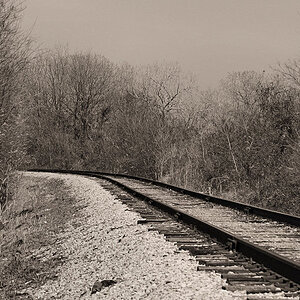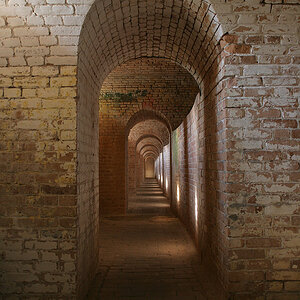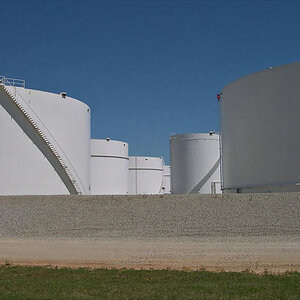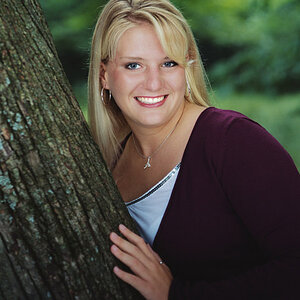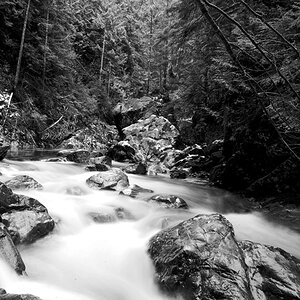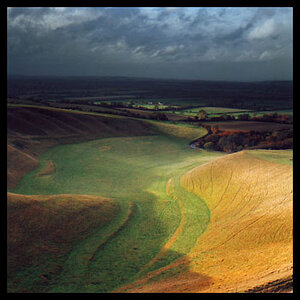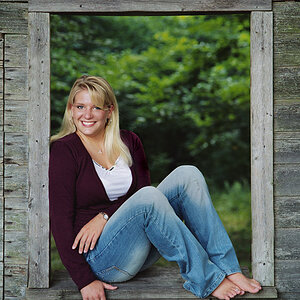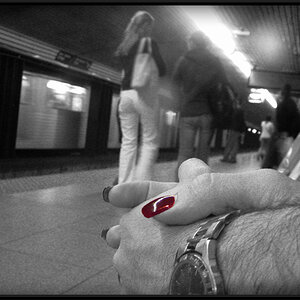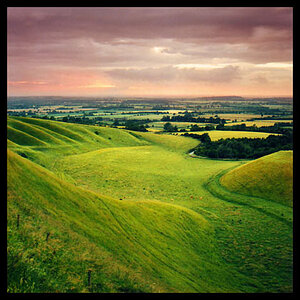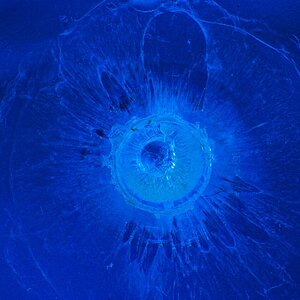mikerocks4250
TPF Noob!
- Joined
- Jan 25, 2009
- Messages
- 14
- Reaction score
- 0
Well I'm in my 3rd semester of photography, and I have no idea if I'm using my aputure right and WAY to embarest to ask. I really missed alot of the first year, but I went off what my Friend told me. Then i was in a class and some1 told me i was wrong but they are very sarcastic so idk. For land scape I use a higher f-stop so that everything will be in focus. I use lower for still life.
I really like photo and want to do nohing but get better. Please if anyone could help me with the apputure and dof. My pictures I have had in class so far have not seemed to be bad.
My goal for my next shoot I want to go to a local skatepark and get some sick pics of my friends. My idea for this is to have them(subject) crisply in focus and back round out of focus. I usaly do this just with my focus, but since the skate park is big I might need to be farther way. Any ideas? Other then panning.
I really like photo and want to do nohing but get better. Please if anyone could help me with the apputure and dof. My pictures I have had in class so far have not seemed to be bad.
My goal for my next shoot I want to go to a local skatepark and get some sick pics of my friends. My idea for this is to have them(subject) crisply in focus and back round out of focus. I usaly do this just with my focus, but since the skate park is big I might need to be farther way. Any ideas? Other then panning.



